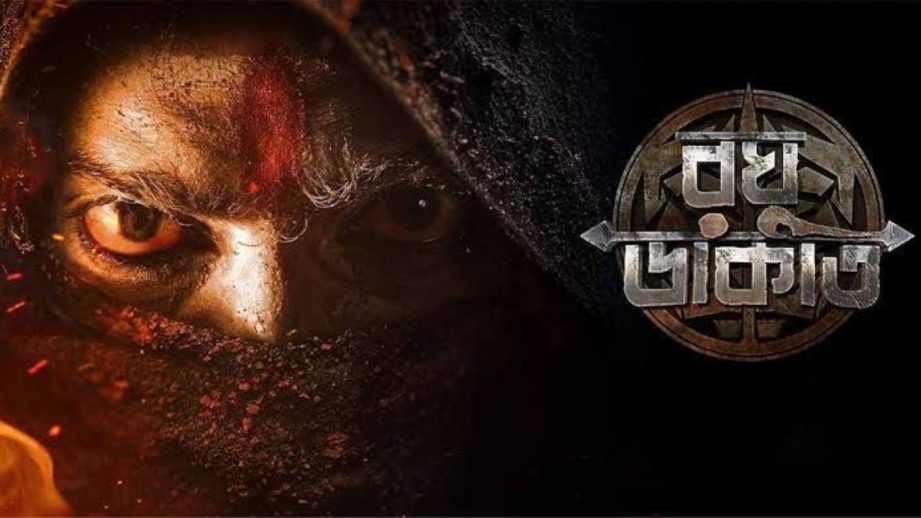
The pre-teaser of Raghu Dakat marks an eruption. Awash in crimson, cloaked in folklore, and driven by fury, it announces not just a film, but a cinematic uprising. For too long, Bengali cinema has danced around its rich folk traditions, flirting with history but never quite embracing its raw, mythic heart. Raghu Dakat changes that. It grabs the legend by the throat and breathes fire into it.
Director Dhrubo Banerjee has crafted a world that feels ancient yet alive—almost ritualistic. The visuals are soaked in red: not just the red of blood, but of soil, rage, sacrifice, and revolution. There’s a primal rhythm to the teaser, where fire, smoke, and silence collide to birth a storm. Every frame pulses with tension, as if the story is about to tear through the screen.
And at the center of this storm stands Dev—unrecognizable, unrelenting. His eyes don’t just reflect rage; they echo centuries of oppression and the quiet resolve to rise. We see a rising threat of violence—measured, moral, inevitable. It’s a performance that doesn’t need words. His silence is louder than a scream.
The voice-over acts like an invocation. It’s poetic, but purposeful. It sets the ideological backbone of the film, suggesting this is not a tale of crime, but of conscience. Raghu is not a bandit here, he is a symbol, a reckoning.
It’s invigorating to see Bangla cinema finally turn its lens inward, toward the stories rooted deep in its own soil. Raghu Dakat looks to be more than just another period piece. It feels elemental. Folk works like the lifeblood here.
Come Pujo 2025, if the full film carries even half the power of this pre-teaser, Bengali cinema may just witness a defining moment, one where myth, justice, and spectacle collide in flames.
